Whenever we talk about how to get started as an art collector, we stress the importance of looking. Before you set out to buy, you need to know what you like, and the only way to know that is by taking in as much art as you can. Now, when you're doing this you're most likely going to be looking at museums and focusing on bigger names and famous masterpieces. Forgive us for being presumptuous, but we're going to guess that those pieces likely won't be realistic purchases for when you're reading to buy. So, even once you've developed and understood your taste, how can you translate what you love about these high-end works into finding art that's more attainable? In order to help you bridge that gap, we're starting a new series that breaks down what you might find appealing about certain often-referenced artists in the contemporary art market so that you know what type of work to look for in the galleries you visit. This can also help you have conversations with dealers that can guide you toward pieces you might love much more effectively.
To start, we're going to take a look at Frank Stella. Stella is an American abstract painter, printmaker, and sculptor who began working in the 1950s and whose most popular aesthetic was defined by his work in the 1960s and '70s.
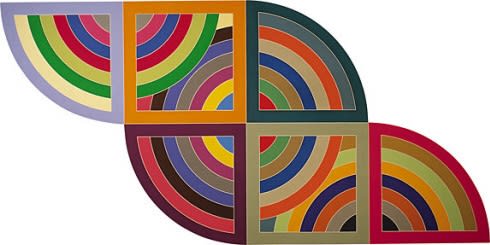

Or maybe you enjoy the work of his less well-known contemporaries Birger Carlstedt

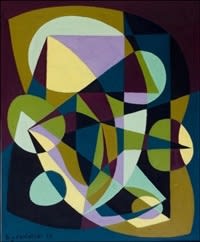
Or Frederick Hammersley

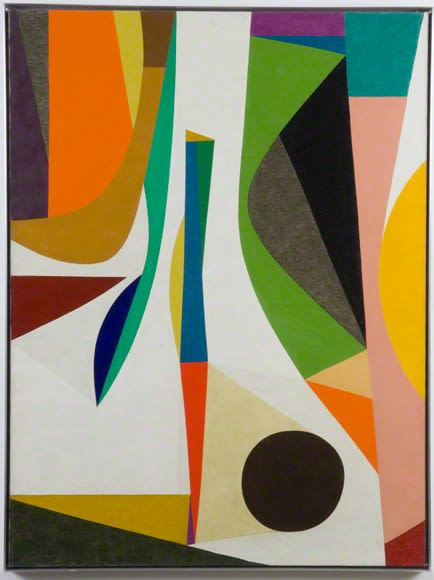
These are all artists that reflect a midcentury modern aesthetic, and would fit right in with interior design inspired by the same era. One of the primary characteristics of these artists is that they were reacting against the gestural, wildly expressive brushtstrokes and forms of abstract expressionism and prioritizing a sense of flatness. There may be layers of forms but ultimately both the overall appearance of the piece and the physical surface of the work is flat and smooth. They also work with geometry, either in a fixed almost mathematical sense like Stella or in a more organic way like Carlstedt and Hammersley. These pieces are about forms and their relationship with one another, rather than a portrayal of any realistic scene or with the intention of eliciting an emotional response. Also, their palettes are often defined by earthy, neutral, muted colors and shades rather than vivid pops of color and bright primary hues.
Take a look at these pieces by our artists that reflect this same modernist aesthetic and see what elements they've been inspired by:
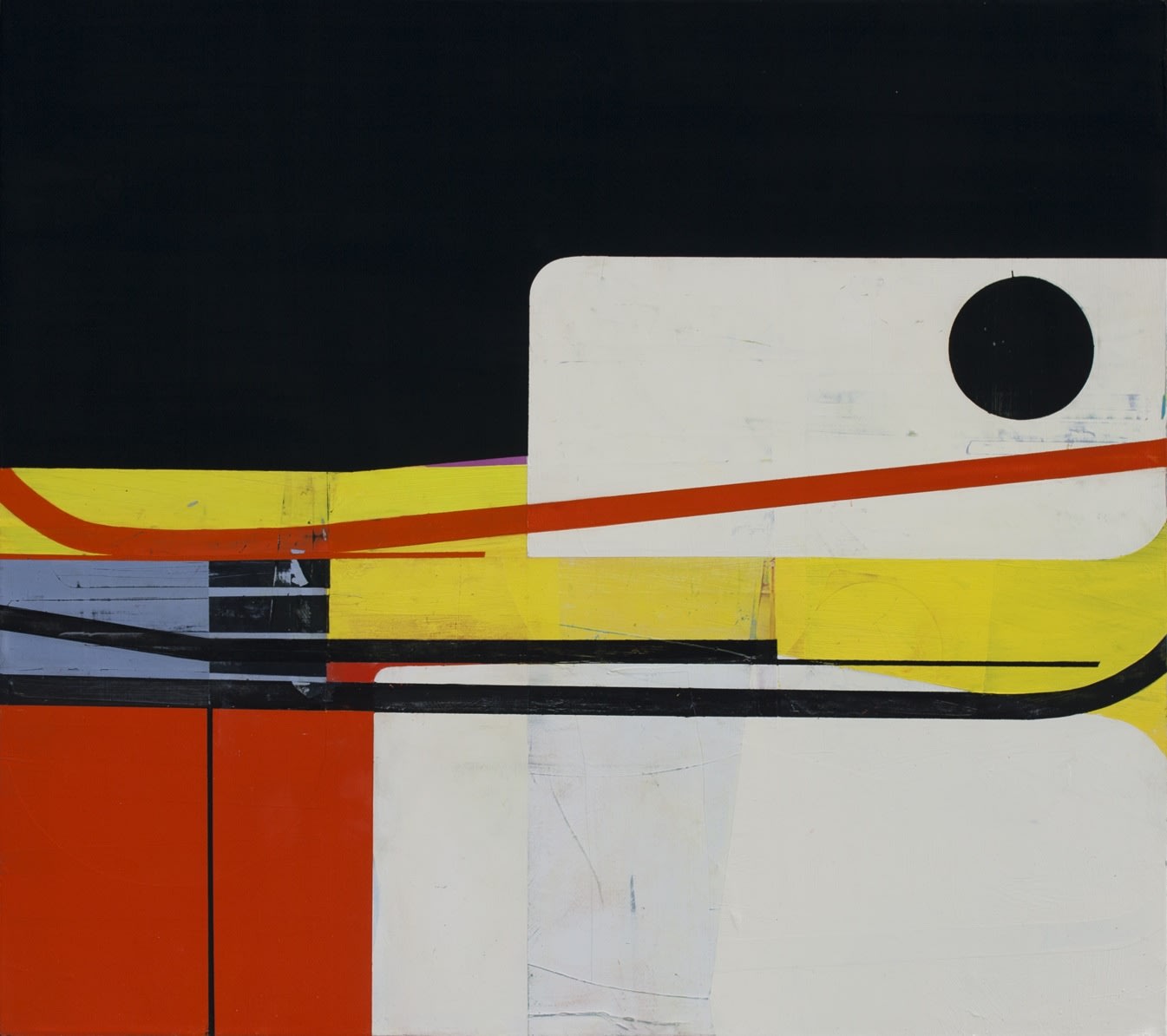
"A Northern Zone"

"Wishful Thinking"
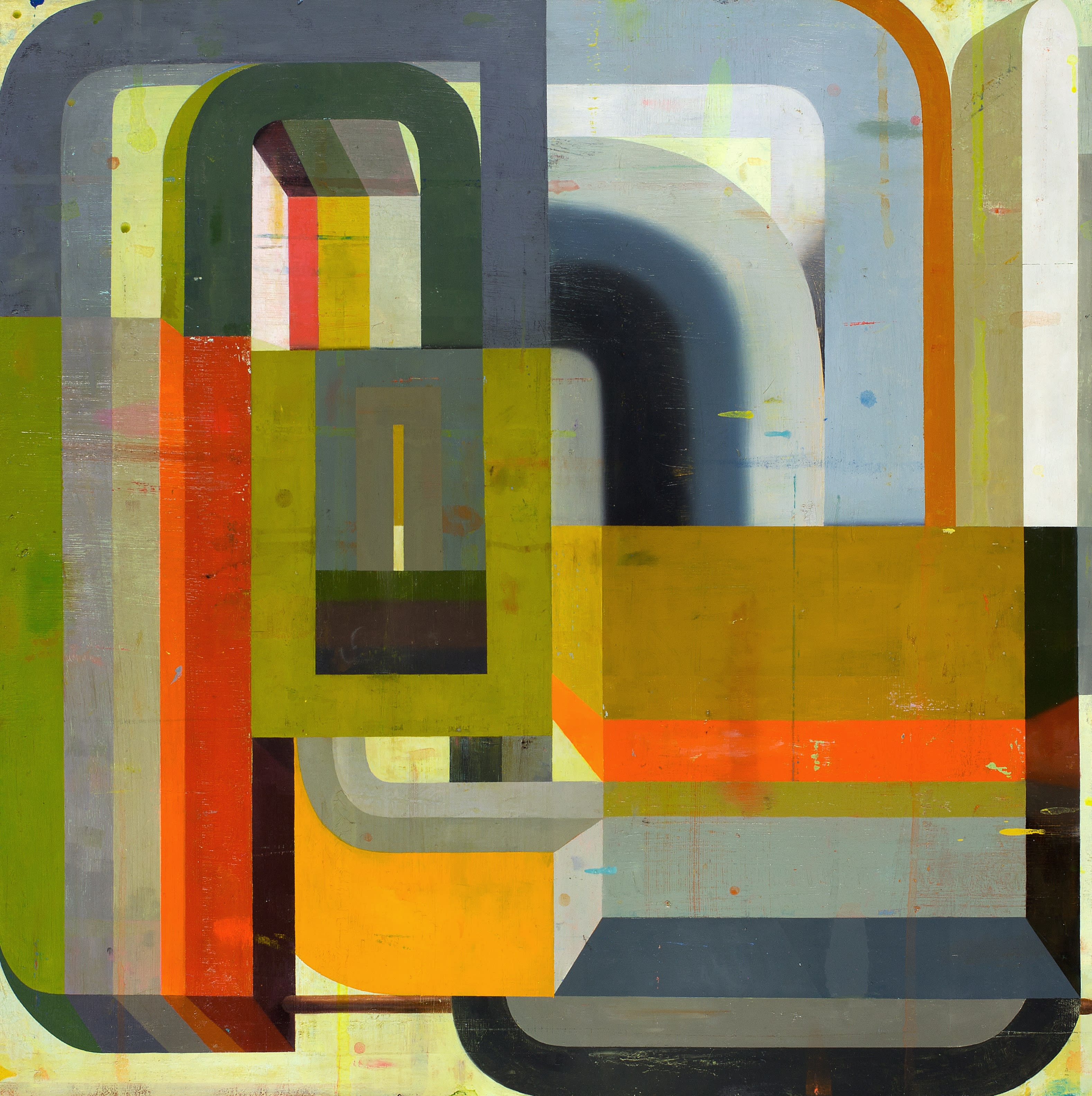
"Time Bomb"
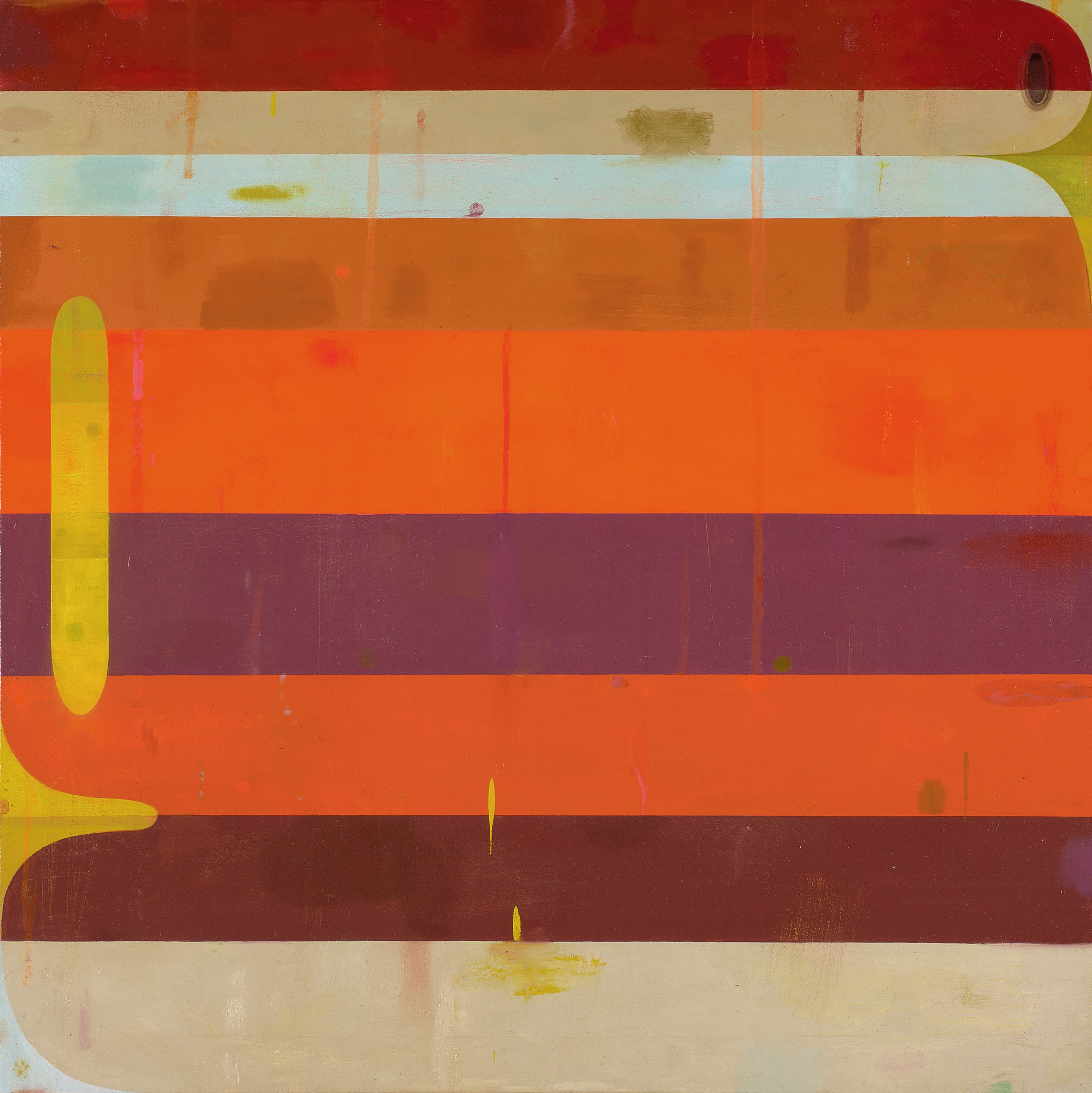
"Little Lulu"
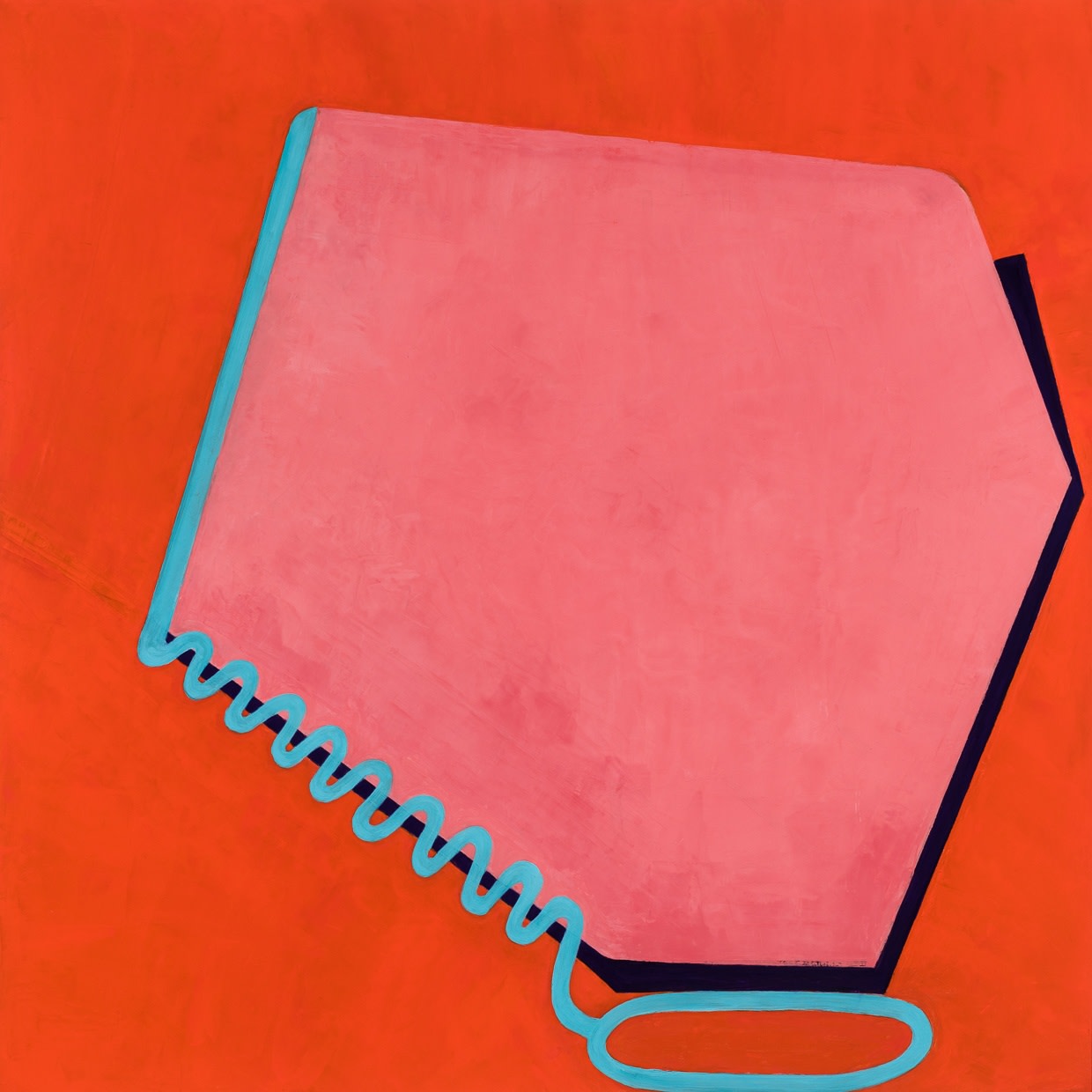
"Debonair"
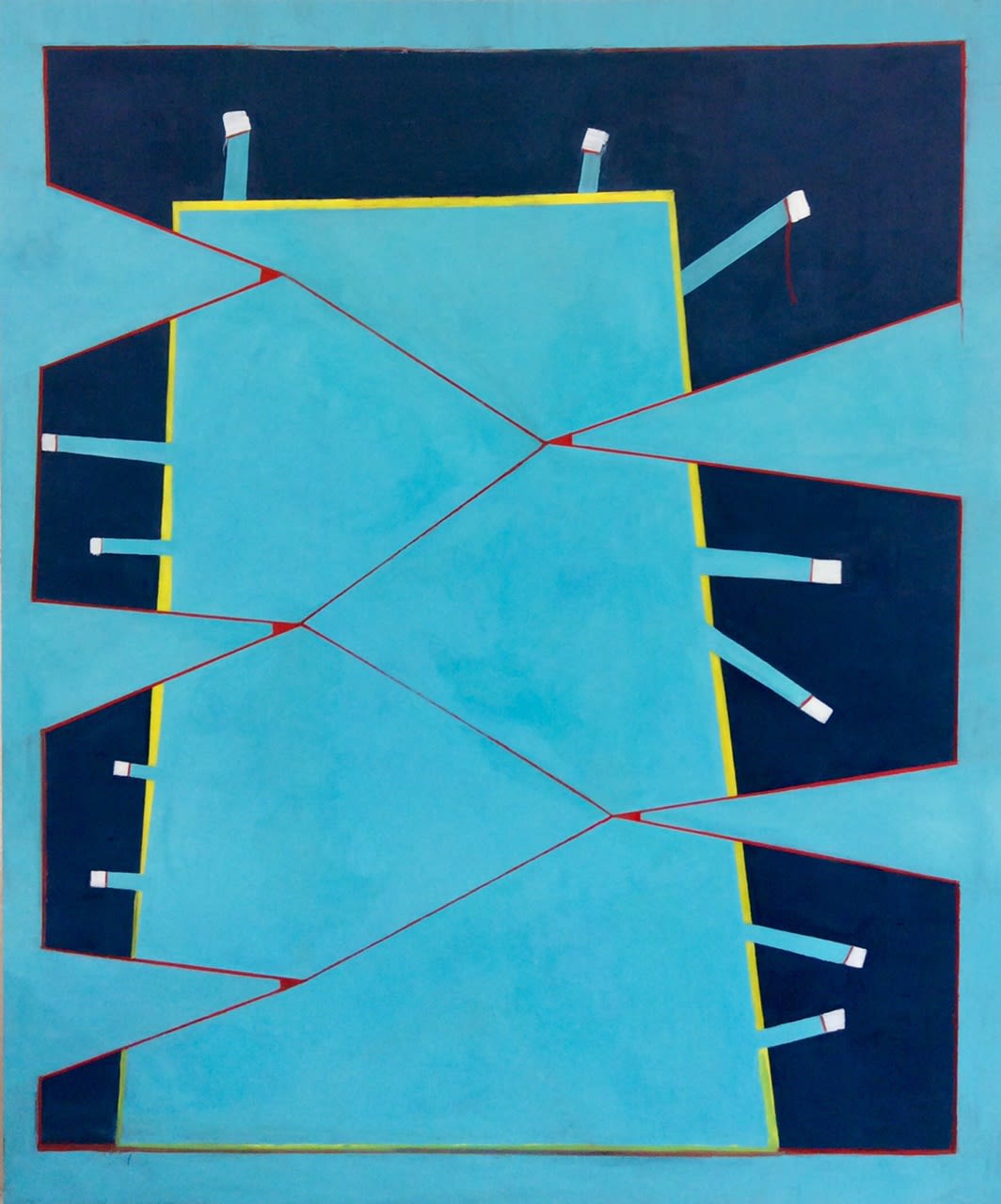
"Every Which Way"

"Covers 40 Orange"
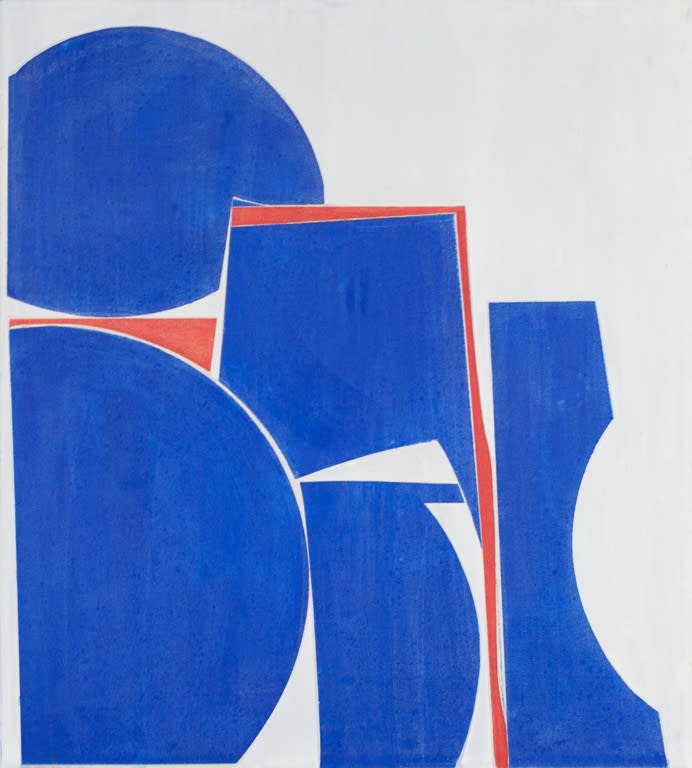
"Space 17 Summer 7"

"Shifting Focus"
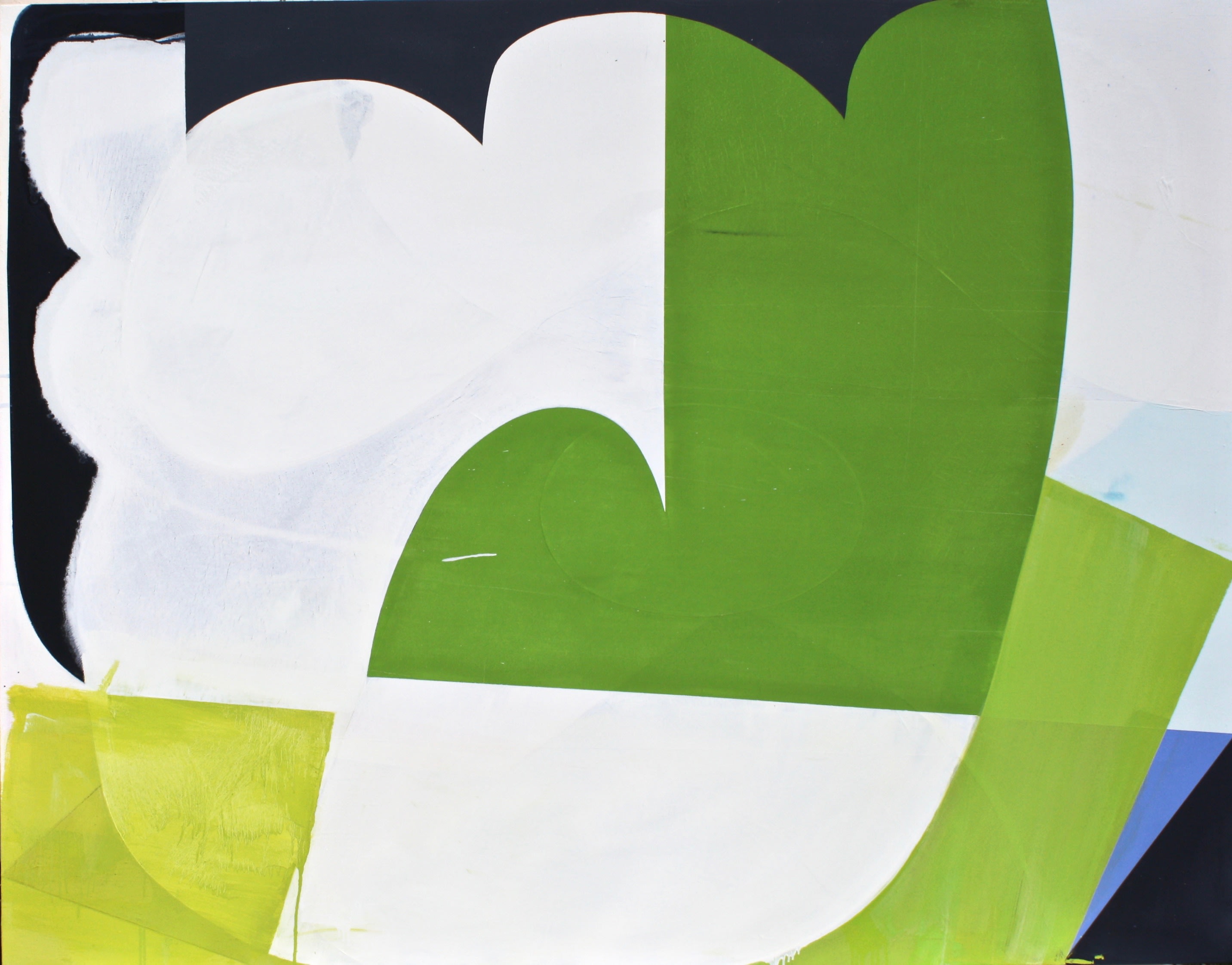
"Good Natured"
When viewed as a group, these pieces should evoke work by artists like Stella and the era they worked in. Each artist prioritizes a sense of flatness, explores relationships between forms, and uses similar colors and tones. Find even more work by these artists and get inspiration for your own midcentury mood board with our Pinterest board for this post!


